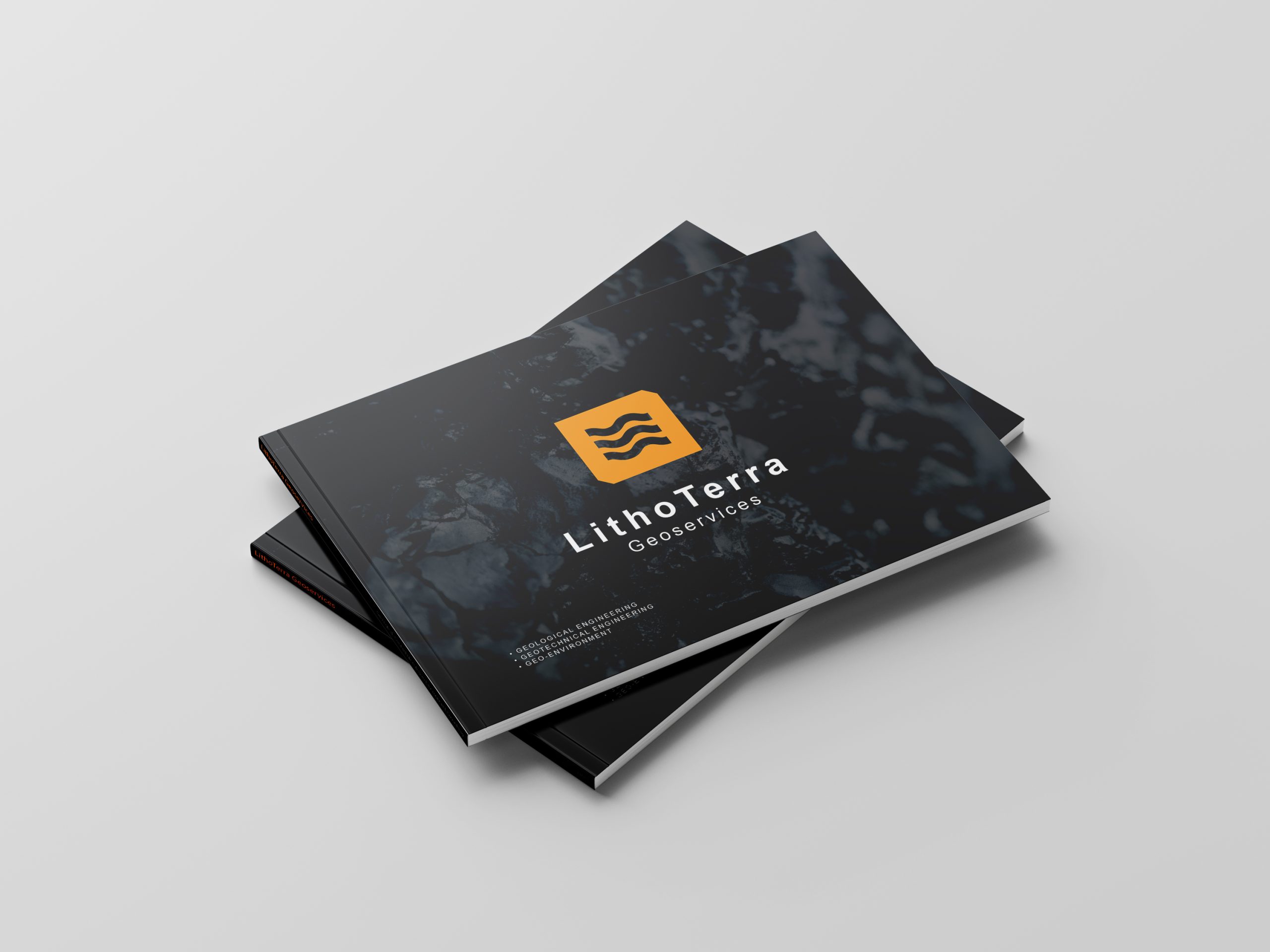Business Core
Download Company Profile
.png)
What is Petrographic Analysis?
Petrographic analysis is a laboratory method for observing and identifying mineral types, textures, and structures in rock samples using a polarizing microscope. This technique is a standard in coal exploration, mining, oil & gas reservoir evaluation, and geotechnical investigations, providing in-depth information about rock composition and quality.
Why is Petrographic Analysis Important?
For geologists and mining engineers, petrographic analysis services data isn’t just a report — it’s a foundation for technical decisions. This analysis can:
- Determine coal quality by measuring vitrinite reflectance (Ro) to assess organic maturity.
- Evaluate reservoir potential by identifying mineral porosity.
- Assess slope stability by examining fracture-filling minerals.
- Trace sedimentary origins based on texture and organic remnants.
For investors or project owners, reliable petrographic data translates to project value and operational risk management.
When Should Petrographic Analysis Be Performed?
- During the early exploration phase to select drilling targets.
- Before designing open-pit or underground mining operations.
- When there’s a potential geotechnical anomaly in pit slopes.
- To validate coal samples for commercial transactions.
Where is Petrographic Analysis Conducted?
petrographic analysis services is carried out in certified geological laboratories equipped with:
- Polarizing microscopes
- Reflected light microscopes (for coal analysis)
- Mineral and maceral interpretation software
- Licensed petrographic analysts
Who Needs This Service?
- Mining geologists
- Geotechnical engineers
- Oil & gas exploration teams
- Coal concession owners
- Geotechnical consultants
- Geoscience lecturers & students
How is Petrographic Analysis Done?
- Sample Preparation: Rocks are cut, polished, and made into thin sections.
- Microscopic Observation: Identifying minerals, textures, and coal macerals.
- Data Interpretation: Calculating mineral percentages & reflectance values.
- Reporting: Delivering numeric data and microstructure images.
ICCP & ASTM D2798 Standard Methodology
Main Benefits of Petrographic Analysis
- Determine coal rank and maturity
- Evaluate coal quality for power plants or industry
- Identify potential permeability and porosity in reservoir rocks
- Detect geotechnical weaknesses in mine slopes
- Provide mineralogical recommendations for slope stabilization
Service Scope:
- Thin Section Preparation
- Polarizing Microscope Analysis (PPL & XPL)
- Mineral & Rock Texture Identification
- Microstructure and Rock Fabric Description
- Microscopic Photography Documentation
- Comprehensive Petrographic Report
Why Choose Us?
- Experienced Team
- Free consultation before and after project
- Fast, accurate and national standart report
Petrographic Analysis Service Rates
| Service Type | Unit | Price (IDR) |
|---|---|---|
| Thin Section Preparation | per sample | Rp 250,000 – 400,000 |
| Petrographic Analysis + Report | per sample | Rp 600,000 – 850,000 |
| Microscopic Photo Documentation | per photo/set | Rp 100,000 – 150,000 |
| Full Petrographic Description | per sample | Rp 250,000 |
Pricing may vary based on sample type, number of samples, and specific analysis requirements (e.g. porosity analysis, microfracture identification).




